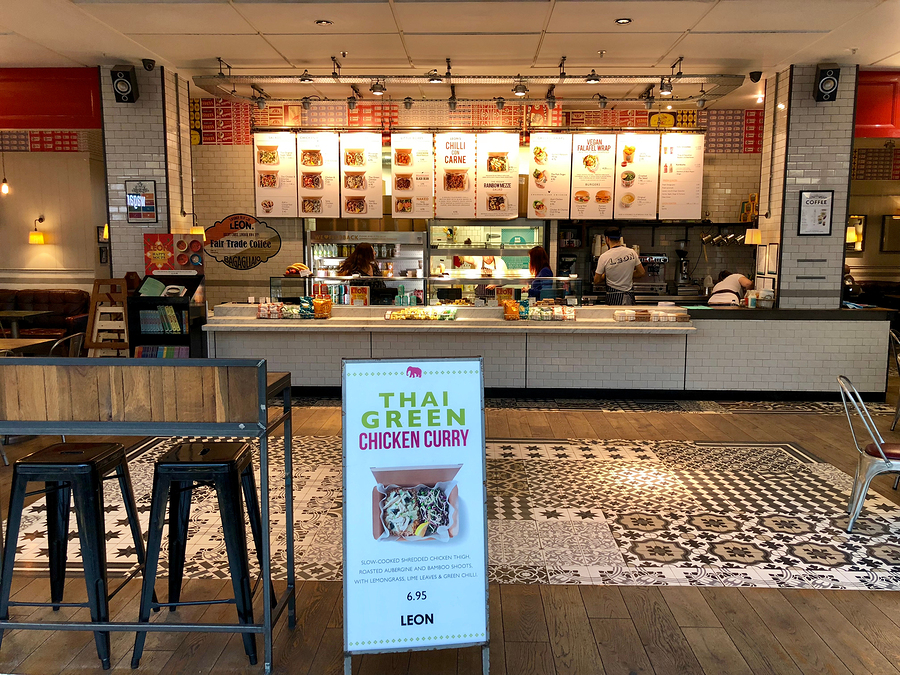
Healthy Living Insight and the Future of Food and Beverage
October 1st, 2018 Posted by Emergent Agency Services, Brand preference, branded content, CMO, consumer behavior, Consumer insight, Emergent Column, Healthy lifestyle, Healthy Living 0 comments on “Healthy Living Insight and the Future of Food and Beverage”Are you aligned on the pathway to true relevance?
What is the most powerful and pervasive condition impacting consumer product category growth across the lifestyle continuum? Effectively answering the consumer’s desire for a healthier lifestyle. This is the driving force that sits underneath Emergent’s agency value proposition and the work we do for our clients.
At the foundation of this transformational shift is an over-arching interest in a higher-quality life. Consumers believe their decisions and actions in this arena will impact personal happiness, safety and wellness.
Healthy living knocks at the front door of relevance to consumer wants and desires. It is a mindful choice made by increasingly mindful consumers across all age cohorts. Nowhere can this be seen in greater relief than food and beverage choices which have morphed in recent years from taste, price and convenience purchase drivers to a more enlightened set of criteria that pays homage to the healthy lifestyle priority.
Transparency, supply chain visibility, clean labels, ingredient quality, fresh and real food preferences are all evidence of momentum behind the consumer’s growing self-awareness. They are in charge of their lives, in control of brand relationships and thus able to exercise choice to reward those brands that are aligned with their personal interests, beliefs and needs.
- Simply stated, consumers believe that the quality of what they consume impacts the quality of their lives. What people choose to eat manifests in their daily lives as a contribution to health, wellness, career performance, happiness, satisfaction and the ability to achieve life goals.
This is no longer a tertiary issue or a sub-segment of the larger consumer population. It is a swollen river of preference that is washing away the less relevant while rewarding the brands that mirror consumer lifestyle requirements.
How did we get here?
We can trace the origins of this shift back to the early 1990’s when the organic foods market was still emerging, and consumers started to pay attention to a new voice on how food is produced and what the differences are between factory made and farm fresh options. This became transformational when the rBST debate took hold and the organic milk business started to skyrocket as serving organic milk to children became a marker of good parenting skills.
Concurrently, the explosion of digital communication created a shift in the balance of power where anything that can be known will be known, and with it a cultural change. Now consumers want to be informed on where food comes from, how products are produced, thus enhancing the value proposition for higher quality real and fresh foods vs. packaged and highly processed legacy brand mainstays.
You are what you eat
The relationship between what people put in their bodies and how it affects health and wellness goals changed from addition by subtraction – the scientific removal of fat, sugar, sodium and the like, to a different picture of addition by addition.
People now perceive the quality of the food they eat or drink is related to the quality of their lives. This cultural swing resulted in a sea change at food retail, with center store packaged food businesses facing headwinds in share losses and volume declines. Meanwhile, the perimeter departments selling fresh and reimagined, more transparent and relevant versions of packaged stalwarts have skyrocketed.
- Equity investment in the food space has plunged into the abyss in efforts to help scale the myriad of new, nascent food brands coming to market with quality elevations in virtually every category with a growth pulse.
Meanwhile, home cooking is experiencing a renaissance as consumers shop fresh ingredients and menus that require preparation; looking to feed their appetite for new flavor adventures. Convenience in this new world order translates to enhanced Deli menus and fresh solutions at supermarkets, and the emergence of meal kits to help curate the dinner need with prepped high-quality ingredients and tantalizing recipes.
Relevance and the future of food and beverage marketing
What does it all mean? This is what keeps the C-suite leadership teams in CPG food and beverage companies and food retailers up at night. What was once a brand controlled state in the marketplace, where heavy media spending could spell the difference in achieving quarterly results, has fallen away as consumers own and operate the levers of commerce.
Consumer control requires deft and agile moves by brands to align themselves with their desires, interests and lifestyle goals. The more powerful path in marketing is no longer lined with assertions of product features and benefits. Now the momentum belongs to brands that truly try to help and enable what their users dream to accomplish.
Marketing today is a reciprocity construct where brands earn permission for a relationship by thinking past their own product and trying to make a clear difference in their customers’ lives – be that by activating their creative aspirations in the kitchen, the social experiences around the table, or serving as a functional contributor on their path to healthy living.
Emergent as arbiter of insight and translation to strategy, better communication
This, ladies and gentlemen, is what we do at Emergent. We’ve been ahead of the trend even before healthy lifestyle became a ‘thing’ and remain a voice in the industry on this evolving landscape upheaval.
Our value proposition is bound to the insights we own on consumer interests, needs and the new marketing toolkit required to successfully leverage that understanding for business growth.
By virtue of that, Emergent is purposefully a hybrid of strategic guidance tied to creative communications, smothered in a secret sauce of consumer insight that helps inform our thinking, messaging and go-to-market ideas.
Whether you are a food retailer trying to evolve as conditions around you in e-commerce and consumer preference change, or a food and beverage brand, large or small, trying to optimize and scale the business you’re creating; we can help optimize your core proposition and add value to your efforts to gain the ear of elusive and hard-to-reach consumers.
How can we be helpful to you?
Looking for more food for thought? Subscribe to our blog.
Bob Wheatley is the CEO of Chicago-based Emergent, the healthy living agency. Emergent provides integrated brand strategy, communications and insight solutions to national food, beverage, home and lifestyle companies. Emergent’s unique and proprietary transformation and growth focus helps organizations navigate, engage and leverage consumers’ desire for higher quality, healthier product or service experiences that mirror their desire for higher quality lifestyles. For more information, contact [email protected] and follow on Twitter @BobWheatley.




